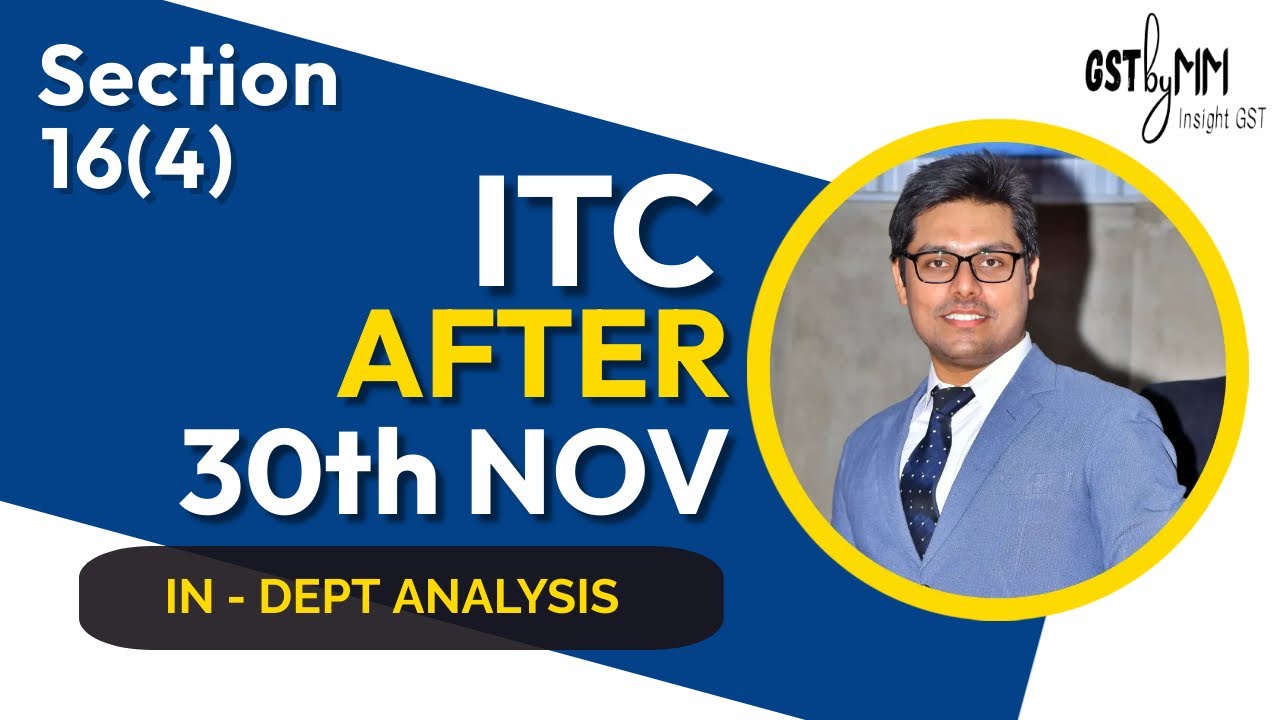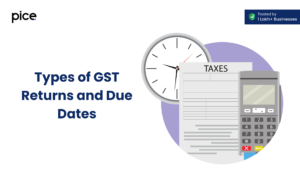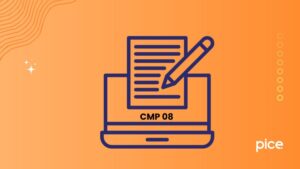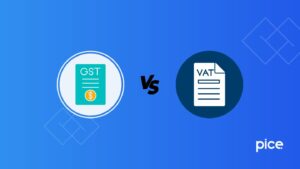What Documents are Required for Availment of Input Tax Credit?
- 26 Aug 24
- 9 mins
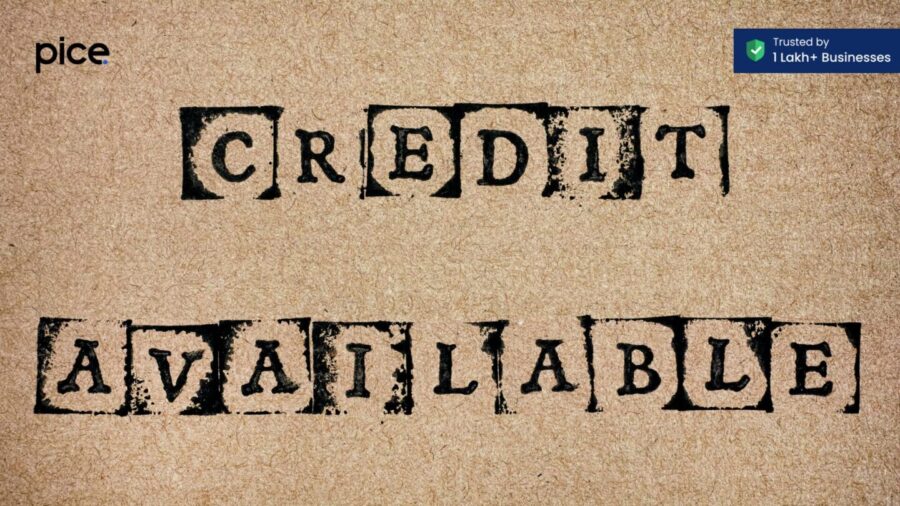
What Documents are Required for Availment of Input Tax Credit?
Key Takeaways
- Claiming ITC: Ensure valid tax invoices and debit notes, reconcile with GSTR-2A, and report accurately in GSTR-3B for effective ITC claims.
- Time Limit: Avail ITC by the due date for the September return (20th October) or the annual return (31st December) of the following financial year.
- Availment vs. Utilization: Availment is claiming ITC in returns, while utilization is applying it to offset output tax liability.
- No ITC on Exempt Supplies: ITC is not claimable on exempt supplies; only taxable supplies under GST are eligible.
- Proportionate ITC: ITC is claimable for business purposes, and if partly used for personal use, it must be claimed proportionately.
The Goods and Services Tax (GST) has revolutionized the Indian taxation system, streamlining indirect taxes and introducing the concept of Input Tax Credit (ITC). ITC allows businesses to reduce their tax liability by claiming credit for the GST paid on purchases.
Understanding ITC is crucial for businesses to optimize their tax savings and ensure direct tax compliance with GST regulations. This comprehensive guide will demystify the concept of GST ITC, detailing who can claim it, the conditions for claiming, the time limits, and the procedure involved.
What is Input Tax Credit?
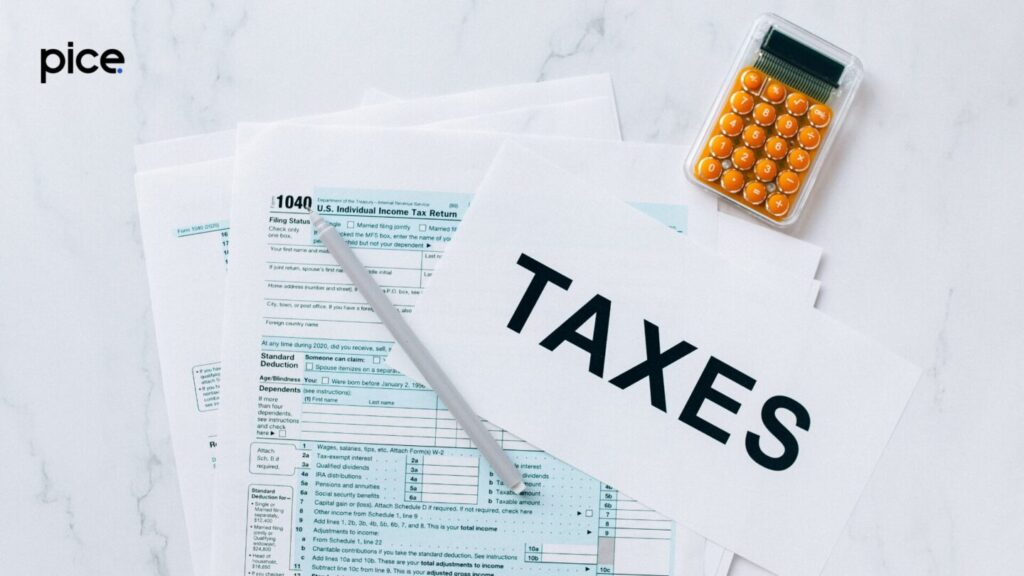
Input Tax Credit (ITC) is a mechanism under the Goods and Services Tax (GST) system, which allows registered persons (taxpayers) to claim credit for the tax paid on purchases (inputs) used in their business. This credit can be used to offset the tax liability on their outward supplies (sales). Here are the key points related to ITC:
- Registered Person: To avail ITC, the person must be registered under GST.
- Purchase Register: Maintaining a record of all purchases is crucial for claiming ITC.
- Immovable Properties: ITC is generally not available for goods and services used in the construction of immovable properties, except for specific situations like further supply of such properties.
- Composition Scheme: Businesses under the composition scheme are not eligible to claim ITC.
- Seamless Flow: ITC ensures a seamless flow of input credit throughout the supply chain, reducing the cascading effect of taxes.
- Tax Component: The tax component of the purchase invoice is what is eligible for credit.
- Credit Of Input Tax: This refers to the tax paid on inputs that can be credited against the tax liability on outputs.
- Credit Of Tax Paid: Similar to credit of input tax, it involves the crediting of tax paid on various purchases.
- Proportionate Credit: When goods or services are used for both taxable and exempt supplies, ITC is available proportionately.
- Exempt Supplies: Supplies that are exempt from GST do not attract ITC.
- Complete Supply Chain Solution: ITC helps in achieving a complete supply chain solution by allowing tax credit on all stages of production and distribution.
- Composite Supply: Involves a combination of goods or services that are naturally bundled and supplied together, affecting ITC eligibility.
- Outward Supplies: These are sales or services provided by the business, against which ITC can be claimed.
- Payment Of Invoices: ITC can be claimed only after the supplier has paid the tax to the government and the invoice has been paid.
- Business Compliances: Proper compliance with GST regulations is essential for claiming and utilizing ITC.
By ensuring that these aspects are managed and recorded properly, businesses can effectively utilize the Input Tax Credit to reduce their overall tax liability.
Who Can Claim ITC?
Any GST-registered taxpayer who satisfies the requirements is eligible to claim ITC. This includes manufacturers, suppliers, agents, e-commerce operators, and aggregators. Essentially, any business involved in taxable supply of goods or services and registered under GST can avail of ITC, provided they meet the stipulated conditions.
Conditions to Claim an Input Tax Credit under GST
To claim ITC, certain conditions must be met:
Registered under GST
Only those taxpayers who are registered under GST can claim ITC. Unregistered businesses are not eligible for this credit.
Goods/Services Used for Business
The goods or services on which ITC is claimed must be used for business purposes. Personal use or non-business activities are excluded from ITC claims.
Possession of Tax Invoice or Debit Note
The claimant must possess a valid tax invoice or debit note issued by a registered supplier. This document is essential as proof of the transaction and the tax paid.
Time Limit to Claim an Input Tax Credit under GST
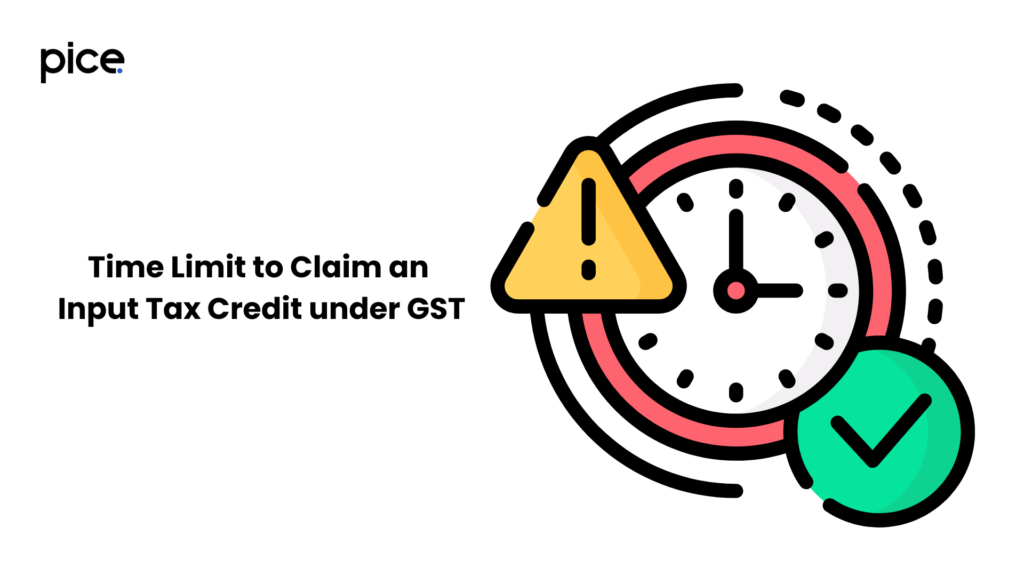
Under GST, claiming Input Tax Credit (ITC) must adhere to specific timelines:
- General Time Limit:
- September Return: ITC must be claimed by the due date of the monthly return for September of the following financial year (usually 20th October).
- Annual Return: Alternatively, ITC can be claimed up to the date of filing the annual return (usually 31st December of the following financial year).
- Extended Time Limit: The government may extend these deadlines through notifications, but standard deadlines apply unless otherwise specified.
- Reversal and Reclaim of ITC:
- Invoice Payment: If an invoice isn't paid within 180 days, the claimed ITC must be reversed. Once paid, ITC can be reclaimed within the prescribed time limit.
- Documentation and Compliance:
- Maintain all tax invoices, debit notes, and relevant documents systematically.
- Regularly reconcile inward supplies with GSTR-2A.
- Ensure suppliers file their returns and pay the corresponding taxes.
Items on which ITC is Not Allowed
Certain items are specifically excluded from ITC claims under GST. The following table lists these exclusions:
| Exclusion Item | Description |
|---|---|
| Motor vehicles and conveyances | ITC is not allowed, except when used for specific purposes like transportation. |
| Goods and services used for personal consumption | Any personal use items are excluded from ITC. |
| Goods lost, stolen, destroyed, written off, or disposed of by way of gift or free samples | ITC is not available on goods that are lost, stolen, destroyed, etc. |
| Membership of a club, health, and fitness center | Membership costs for clubs, health, and fitness centers are excluded. |
| Travel benefits extended to employees on vacation | Travel benefits for employees' vacations are not eligible for ITC. |
| Health Services | ITC is not allowed on health services for employees. |
| Life Insurance | ITC is not allowed on life insurance for employees. |
| Outdoor Catering | ITC is not allowed on outdoor catering services. |
| Beauty Treatment | ITC is not allowed on beauty treatment services. |
| Plastic Surgery | ITC is not allowed on plastic surgery services. |
| Contract Services | ITC is not available on contract services related to immovable property. |
| ERP E-TDS Return Filing Solution | ITC is not allowed on certain software and compliance services. |
| Component of Capital Goods | ITC is not allowed on components of capital goods used for exempt supplies. |
| Non-Resident Taxable Person | ITC is not allowed for non-resident taxable persons except on imports. |
| GSTR-2A Reconciliation | ITC cannot be claimed if there are discrepancies in GSTR-2A reconciliation. |
| Vendor Payments | ITC is not allowed if payments to vendors are not made within 180 days. |
| Fitness Center | Membership or services of fitness centers are excluded from ITC. |
| Health Insurance | ITC is not allowed on health insurance for employees. |
| E-Way Bill | ITC claims must comply with E-Way Bill regulations. |
| Furtherance of Business | ITC is only allowed for goods/services used in the furtherance of business. |
How to Claim ITC?
Claim process of Input Tax Credit (ITC) involves a systematic process to ensure compliance with GST regulations. Here’s a concise guide below
- GST Registration: Ensure you have a valid GST registration as only registered persons can claim ITC.
- Maintain Documentation: Keep proper documentation of tax invoices and debit notes. These documents are essential for claiming ITC.
- Supplier Compliance: Verify that the supplier has uploaded the invoice details in their GSTR-1 return. These details should be reflected in your GSTR-2A.
- Reconciliation: Reconcile your purchase details with the GSTR-2A to ensure accuracy and consistency. Any discrepancies should be resolved promptly.
- File GST Returns: File your GST returns (GSTR-3B) accurately, including the details of ITC claimed. Ensure all required information is correctly reported.
Form and Documentation
The primary form used for claiming ITC is GSTR-3B, a monthly self-declaration return. Alongside this, GSTR-2A is used to verify the details uploaded by suppliers. Proper documentation, including tax invoices, debit notes, and proof of payment, must be maintained for audit and verification purposes.
Reversal of Input Tax Credit

ITC may need to be reversed in certain scenarios, such as:
- When the goods or services are used for non-business purposes.
- When the recipient fails to pay the supplier within 180 days from the invoice date.
- When credit is claimed on goods lost, stolen, or destroyed.
Reversal of ITC is reported in form GSTR-3B, and the amount is added to the output tax liability.
ITC Reconciliation
ITC reconciliation involves matching the purchase details with the suppliers' details reflected in GSTR-2A. This ensures that the ITC claimed is accurate and in line with the supplier's declarations. Regular reconciliation helps in identifying discrepancies and avoiding penalties.
Documents Required for Claiming ITC
To claim ITC, the following documents are required:
- A valid tax invoice or debit note issued by the supplier.
- A bill of entry or similar document for imports.
- An invoice for services received from an unregistered supplier.
- A credit note issued by the supplier.
ITC for Capital Goods
Input Tax Credit (ITC) can be claimed on capital goods used for business purposes. The credit is available for the tax paid on purchasing capital goods and can be utilized over time. This ensures businesses can spread the benefit of ITC across the useful life of the capital asset.
ITC on Job Work
Businesses can claim ITC on inputs sent to a job worker for processing. The principal (sender) can claim ITC even if the goods are directly sent to the job worker. The condition is that the goods must be received back within the stipulated time frame (1 year for inputs and 3 years for capital goods).
ITC Provided by Input Service Distributor (ISD)
An Input Service Distributor (ISD) is a business that receives invoices for services used by its branches. The ISD can distribute the ITC to its branches proportionately, ensuring that each branch can utilize its share of the input tax credit efficiently. This helps in maintaining a seamless flow of ITC within the organization.
ITC on Transfer of Business
In the event of a business transfer, the transferor can transfer the unutilized ITC to the transferee. This ensures continuity and proper utilization of credits, facilitating a smooth transition and maintaining the credit chain intact.
💡 If you want to pay your GST with Credit Card, then download Pice Business Payment App. Pice is the one stop app for paying all your business expenses.
Conclusion
Overall understanding and effectively managing ITC under GST is vital for businesses to optimize their tax liabilities. By adhering to the conditions and time limits, maintaining proper documentation, and regularly reconciling ITC claims, businesses can ensure compliance and maximize their tax benefits.







